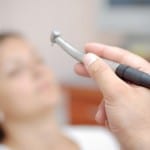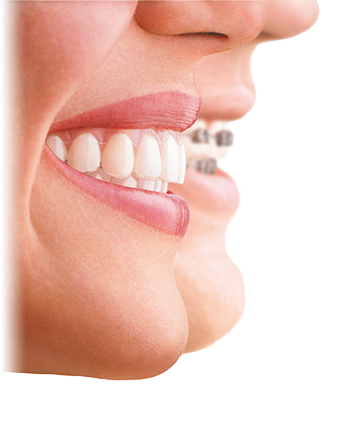 Many dental patients feel apprehensive about undergoing treatment and even the thought of sitting in a dental chair is enough to make some feel incredibly anxious. Sedation is a technique, which can be hugely beneficial for those that suffer from dental phobia and dental anxiety and patients who require complex treatment. Sedation is commonly used in medicine and dentistry to help patients to feel more relaxed during a procedure; there are various forms available, including:
Many dental patients feel apprehensive about undergoing treatment and even the thought of sitting in a dental chair is enough to make some feel incredibly anxious. Sedation is a technique, which can be hugely beneficial for those that suffer from dental phobia and dental anxiety and patients who require complex treatment. Sedation is commonly used in medicine and dentistry to help patients to feel more relaxed during a procedure; there are various forms available, including:
- IV sedation: IV sedation is given intravenously, which means that it passes into the body through a vein in the arm. IV sedation takes effect very quickly.
- Oral sedation: oral sedation involves administering sedative medication orally, so that the patient swallows a tablet. This form of sedation may be more appealing for those who have a phobia or fear of needles.
- Inhalation: inhalation is a simple and hassle-free means of sedation, which can be helpful for those who feel anxious about having an injection. In this case, the sedative is inhaled through a mask.
The benefits of sedation
Sedation is highly beneficial for people who experience anxiety when they go to the dentist or think about having dental treatment. When you are sedated, you don’t feel any pain and you have limited awareness of what is going on; you won’t lose consciousness, but you will feel a little drowsy, calm and relaxed. As well as making you feel more relaxed during a procedure, sedation can also help to ease nerves in the run-up to a dental procedure, as you have peace of mind that you won’t feel any pain. Sedation can also help those who have had negative or painful experiences in the past because you usually don’t have much recollection of what happened once the effects of the medication wear off. Sedation is available for a range of different dental procedures; ask your dentist for more information.
What happens after sedation?
After the procedure is complete and the effects of the sedative start to wear off, your dentist will carry out some checks and you will be free to go home; you can’t drive for at least 24 hours after sedation, so you will need to arrange a lift with a friend or relative. It can take up to 24 hours for the effects to wear off completely and you should take time to rest and avoid exercise, operating machinery, making important decisions and drinking alcohol.
Tags: dental sedation Leeds, IV sedation, Leeds City Centre, Sedation Available in Leeds City Centre







